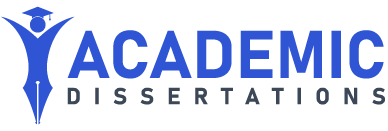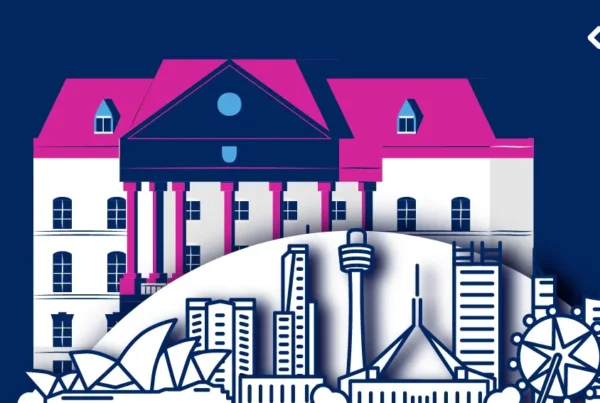In the competitive job market, your first impression is often based on your application documents, the resume, and the cover letter. Understanding the key differences between these two is vital to make a lasting impression on potential employers. In this comprehensive guide, we’ll explore these distinctions, helping you craft a powerful job application that gets results..
Introduction
In the job-seeking journey, your application is your introduction to potential employers. The resume and cover letter serve as your calling cards, but they play different roles and should be used strategically.
The Resume
Defining the Resume
A resume is a concise, factual document that presents your professional background, work history, education, skills, and accomplishments. It’s designed to provide a snapshot of your qualifications.
Components of a Resume
A standard resume includes the following components:
- Contact Information: Your name, phone number, email, and address.
- Objective or Summary (optional): A brief statement highlighting your career goals and what you can offer.
- Work Experience: A chronological list of your previous jobs, including job titles, companies, dates, and key responsibilities.
- Education: Your educational background, including degrees, institutions, and graduation dates.
- Skills: A section showcasing your relevant skills, both hard and soft.
- Awards and Accomplishments: Recognition, awards, or achievements relevant to your career.
- Certifications (if applicable): Any relevant certifications or licenses you hold.
The Purpose of a Resume
The primary purpose of a resume is to provide a comprehensive summary of your qualifications and work history. It offers a quick reference for employers to assess your suitability for a job. Think of it as a visual snapshot of your professional life.
The Cover Letter
Defining the Cover Letter
A cover letter is a personalized document that accompanies your resume. It is typically addressed to a specific person or organization and provides insights into your qualifications, enthusiasm for the position, and why you are a suitable candidate.
Components of a Cover Letter
- Contact Information: Your contact details and the employer’s details.
- Salutation: A proper greeting to the recipient.
- Introduction: A brief introduction of yourself and your purpose for writing.
- Body Paragraphs: Sections that highlight your qualifications, skills, and interest in the job.
- Closing Statement: A summary of your enthusiasm for the position and a call to action.
- Signature: A formal closing with your signature and printed name.
The Purpose of a Cover Letter
The primary purpose of a cover letter is to introduce yourself to a potential employer, explain why you’re interested in the position, and demonstrate how your skills and experience align with the job requirements. It provides a more personal and narrative context for your application.
Conclusion
Understanding the unique roles they play is pivotal in crafting a compelling and effective job application. Your resume serves as a detailed snapshot of your professional journey. It outlines your qualifications, work history, skills, and educational background.








